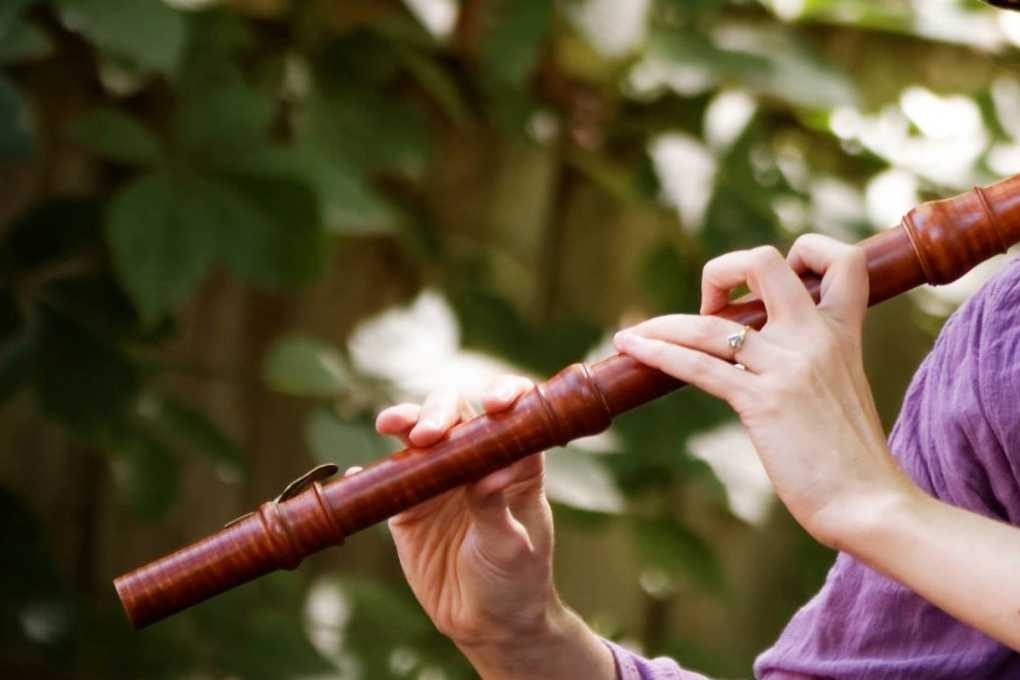Atiya’s flute brings calm, peace, and love into the forest; even mountain lions and wildcats seem relaxed under its soothing notes. Elena Pinderhughes’s velvet tone, melodic sense, phrasing, and tone quality shine brightly over every blend of jazz music from R&B to hip-hop. And those who think The Magic Flute is sexist should note this fact: Tamino and Pamina pass their tests collectively as one unit, as a sign of balance and successful initiation.
Storyline
Atiya lives with her father in the forest. Afflicted with polio, she finds solace and peace through jungle adventures. One day, while out exploring, Atiya hears the mellifluous music of a flute, which gives her goosebumps—much against his wishes, of course! Eventually, this gift transforms not only Atiya but also Ogre Uncle (an anthropologist), Mishora from the Kurumba tribal background, as well as helping calm an elephant and strengthening the blossoming friendship between teenage boy and girl characters!
Complicite’s work stands out with its innovative use of real-time cameras to bring characters and storylines alive for audiences, helping them engage more fully and understand its deeper meanings. It serves as a reminder that theatre techniques don’t need to become obsolete over time; rather, they can be utilized in new ways for audiences that bring new sensations and insights.
Characters
The PSU Opera production of Mozart’s Magic Flute is both an engaging fairy tale and a profound meditation on truth, sacrifice, and love. Its two-fold nature echoes 18th-century Enlightenment thought – with both high art and science celebrated equally by this period of history.

Prince Tamino becomes lost in a forest and encounters a deadly monster, only to be saved from certain death by three ladies working for Queen of the Night and giving him a flute and set of silver bells to aid him on his journey home with Pamina to Sarastro’s castle—something to which he agrees.
But, afraid to face Monostatos, who has captured Papagena, he plays his flute instead, playing music that bewitches him and the animals of the forest alike into dancing in response. They escape and join Pamina again; determined to marry each other, but first they must endure trials by fire and water.
Music
In a village near a forest, residents hear flute music every morning without knowing who plays it. When Pamina hears this music for herself, she breaks with tradition and vows to learn how to play it herself.
The Magic Flute is an epic tale of truth, sacrifice, and love that marries traditional fairy-tale elements with Masonic themes. However, its plot remains mysterious and cryptic until its conclusion; with no clear-cut boundaries between good and evil until that point.

The Lyric Opera’s production will feature both spoken dialogue and sung music, featuring groups of three as a symbol of Masonry throughout both set design and cast members. Listen for smooth melodies sung by Tamino and Pamina against Papageno’s and Queen’s urgent shouts; Mozart used these contrasts as part of what makes The Magic Flute memorable, touching all audiences it encounters.
Theme
Atiya lives with her father, a forest officer, in a wildlife sanctuary. Though suffering from polio, Atiya finds comfort and peace in exploring it on secret trips, despite potential rambling. On one such rambling, she hears mellifluous flute music, which gives her goosebumps; soon thereafter, her music lessons transform his rigid views and even help settle an unruly elephant while nurturing an unlikely teenage romance between boy and girl.
Forest Kingdom 3 offers flute songs that capture the true spirit and essence of Native American flutes with no additional background or instrument sounds. It includes the Indian Flute, Moseno Flute, Didgeridoo, Raj Nplaim Flute, and Konkovka Flute, as well as beautiful solo voices featuring real legato phrases and shaman phrases, as well as soundscapes and soundscape libraries of fantasy creatures and bird calls; making Forest Kingdom 3 an indispensable wind instrument library for composers and sound designers.







